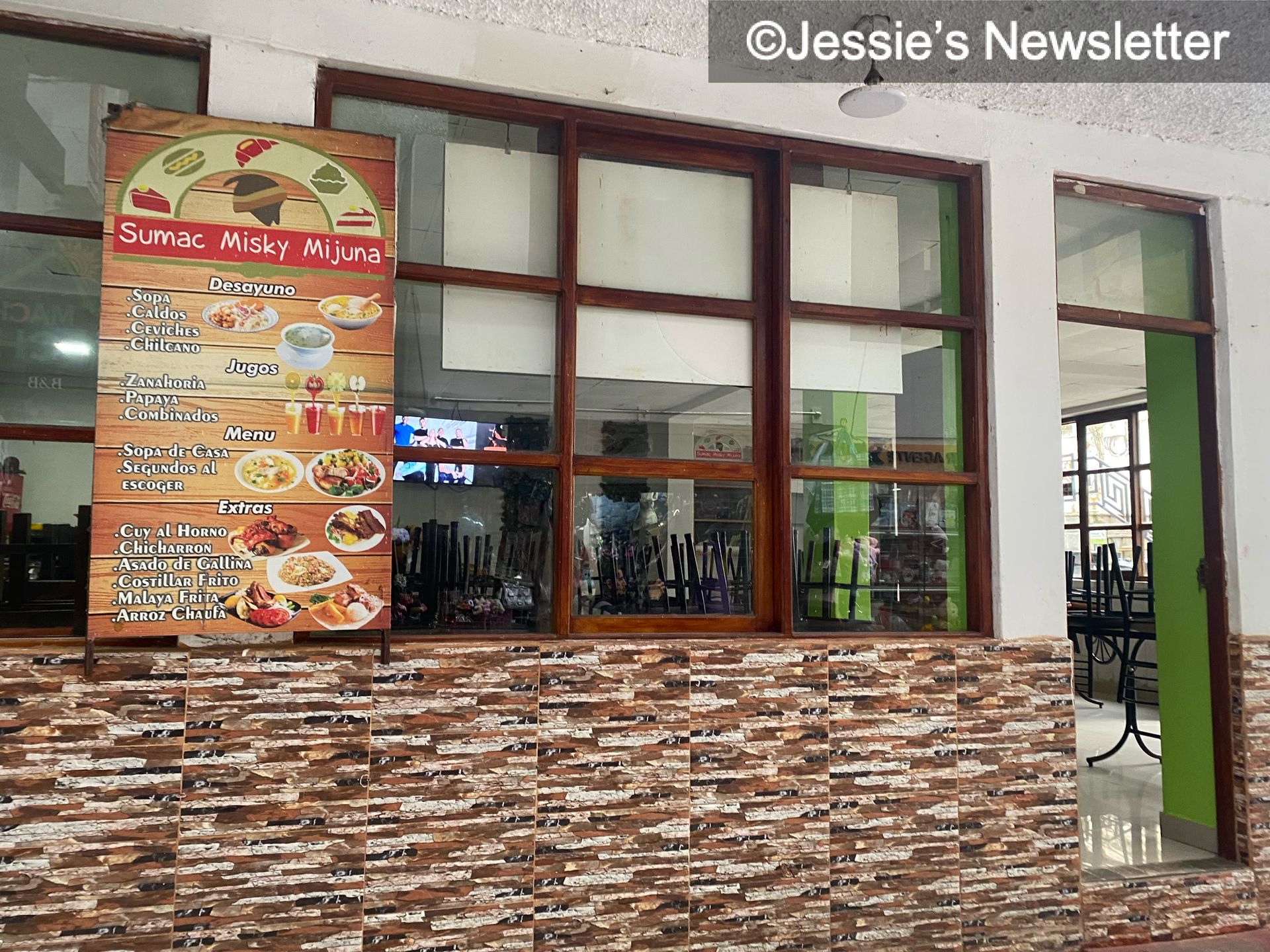- Planned by Jessie
- Posts
- PeruRail to Aguas Calientes: What Makes the Machu Picchu Train Ride Worth It
PeruRail to Aguas Calientes: What Makes the Machu Picchu Train Ride Worth It
Panoramic views, local life, and a surprising resemblance to Jiufen, Taiwan

Table of Contents
🚞 How’s my train experience with PeruRail
After landing in Cusco, the next day we took 6:10 AM PeruRail from San Pedro station (Cusco) to Machu Picchu Station (Aguas Calientes). It takes more than 4.5 hours to get to Machu Picchu. Though it’s a bit long, the scenery along the way is quite enjoyable. Every time we passed by an iconic landmarks, village, mountain etc, there would be a record in English telling you what’s special about it. With the snack box they provide, the journey felt even more sweet. (The MILKY chocolate is soooo good that I even chased it down in grocery stores!)
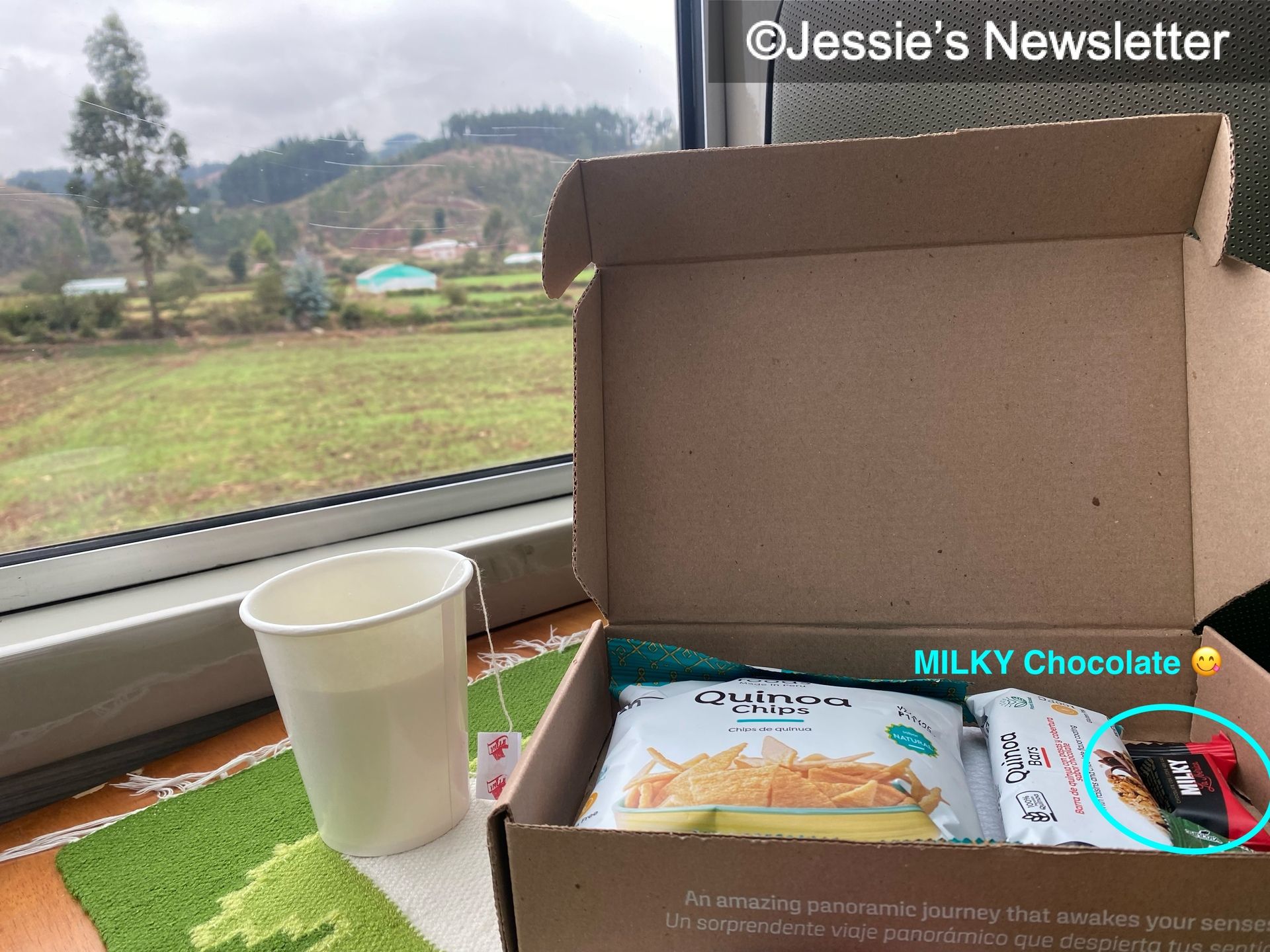
The snack box that PeruRail provided
What worth mentioning here is that we took a type of train called VISTADOME that gives tourist panoramic view. It’s a bit expensive compared to the regular one, but I think it’s worth it. Seeing the scenery transition from mountain-side houses to quieter rural areas and then to a valley surrounded by 2,000+ m high mountains (you can even see Nevado Veronica which is 5,911m!) and a river, I never felt bored on the train.
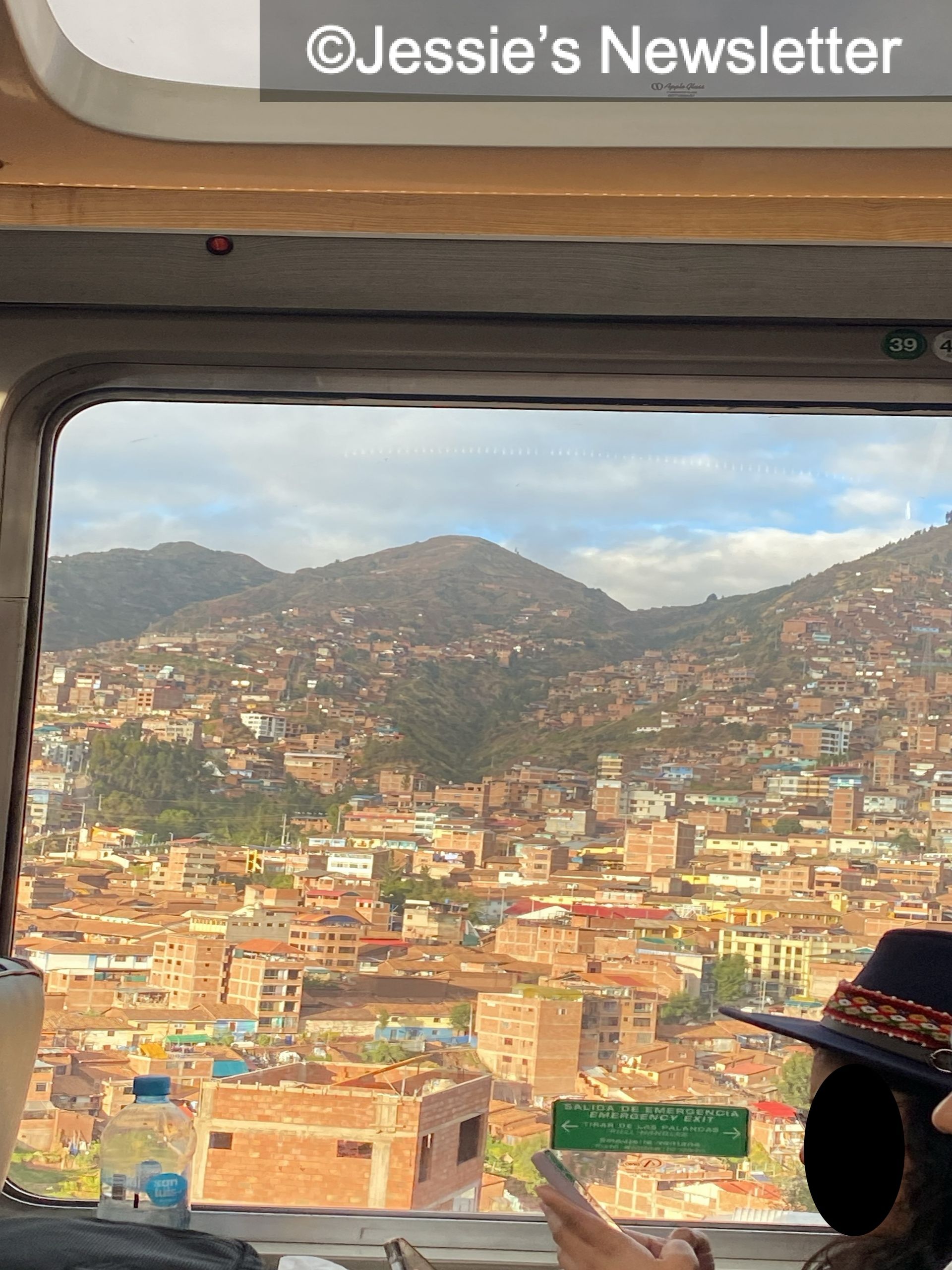
mountain-side houses
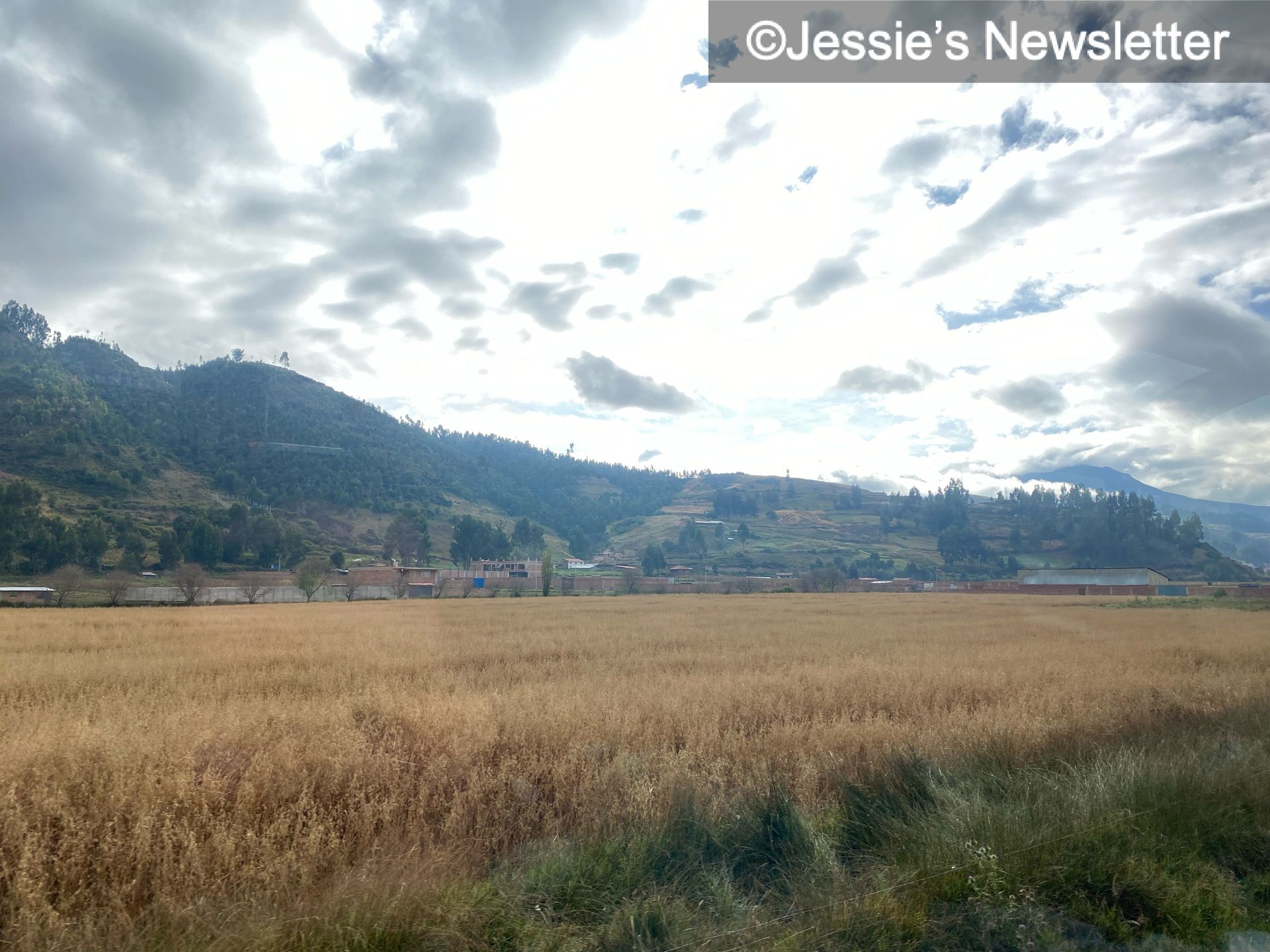
quieter rural areas
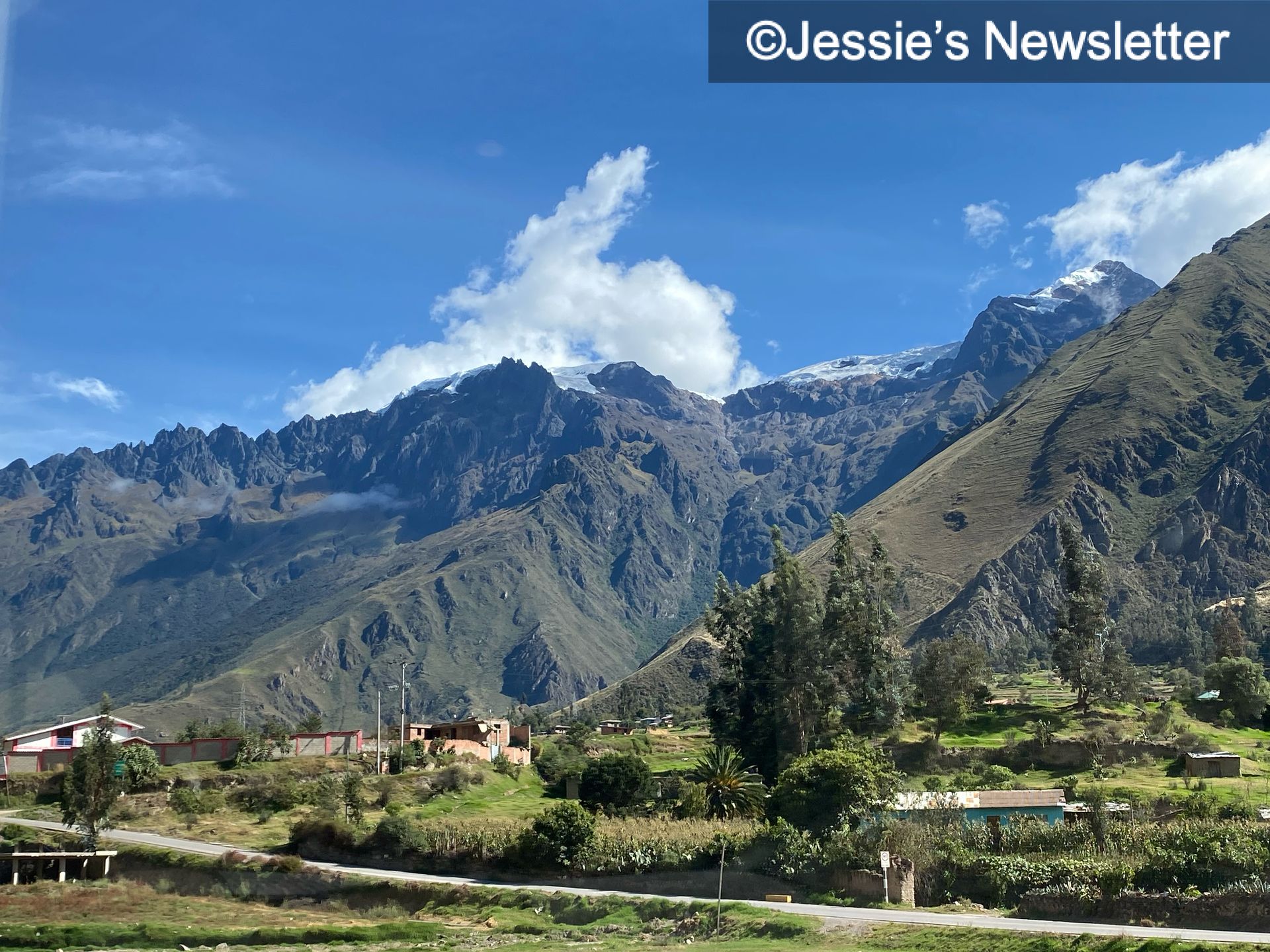
Vally surrounded by mountains
⛰️ How’s Aguas Calinetes
Aguas Calientes is, of course, a busy town. After all, it’s said that more than a million people visit Machu Picchu each year. Like many touristy places around the world, it’s full of energy, but it still has its own charm. For example, you might see little kids - some under three years old playing on the streets by themselves, which says a lot about how safe the town feels. You might also come across a local band made up of residents marching through the streets to celebrate something. I personally really like the strong community vibe there
Prices in Aguas Calientes can vary - even for something as simple as a bottle of water, and I think the key lies in the river ha. The town is divided by a river into two sides: the north side, which is busier and filled with most of the restaurants and hotels, and the south side, where more locals seem to live. That’s also where I saw little children playing by themselves and found cheaper water.
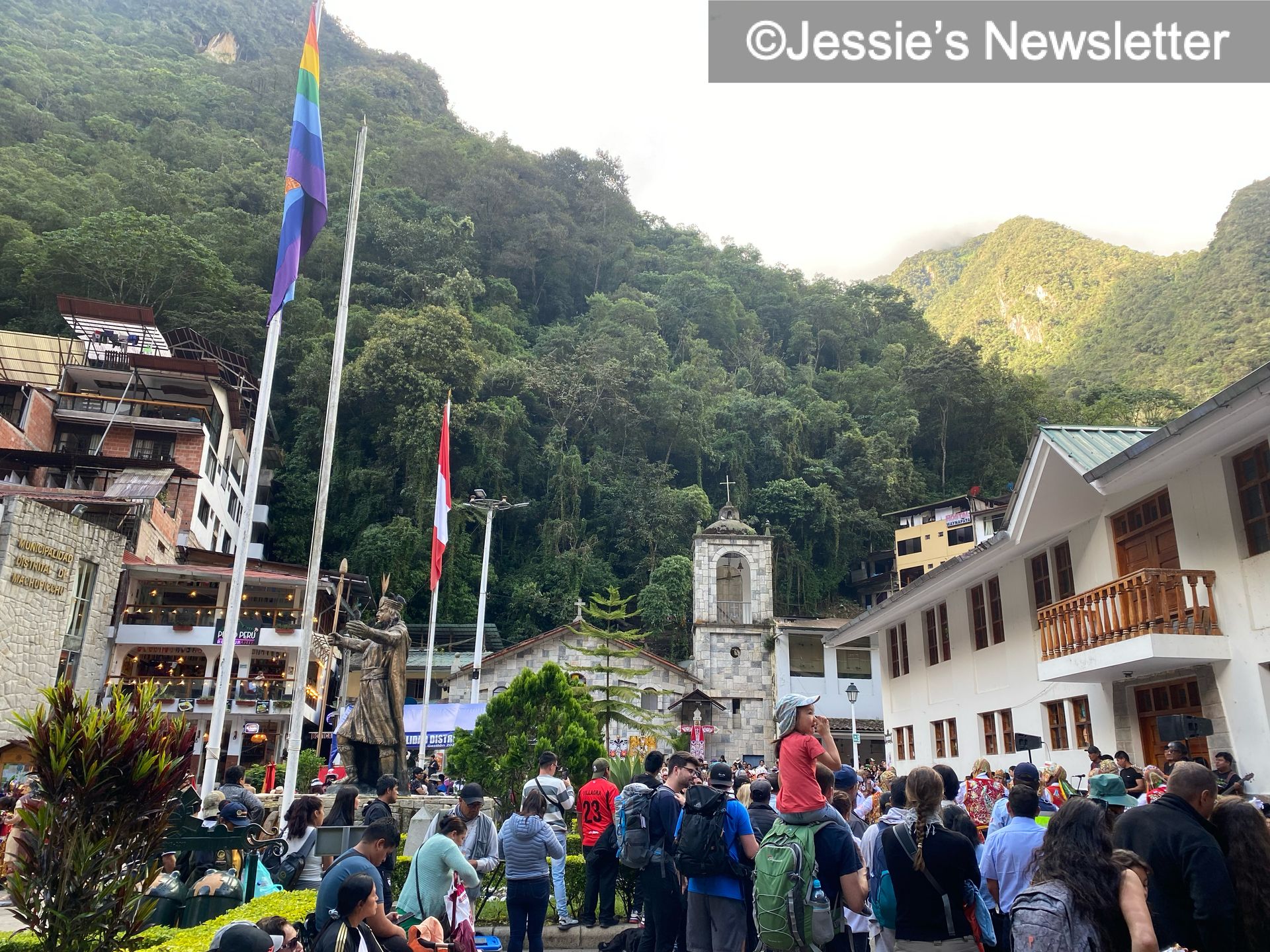
Center of Aguas Calientes (North)
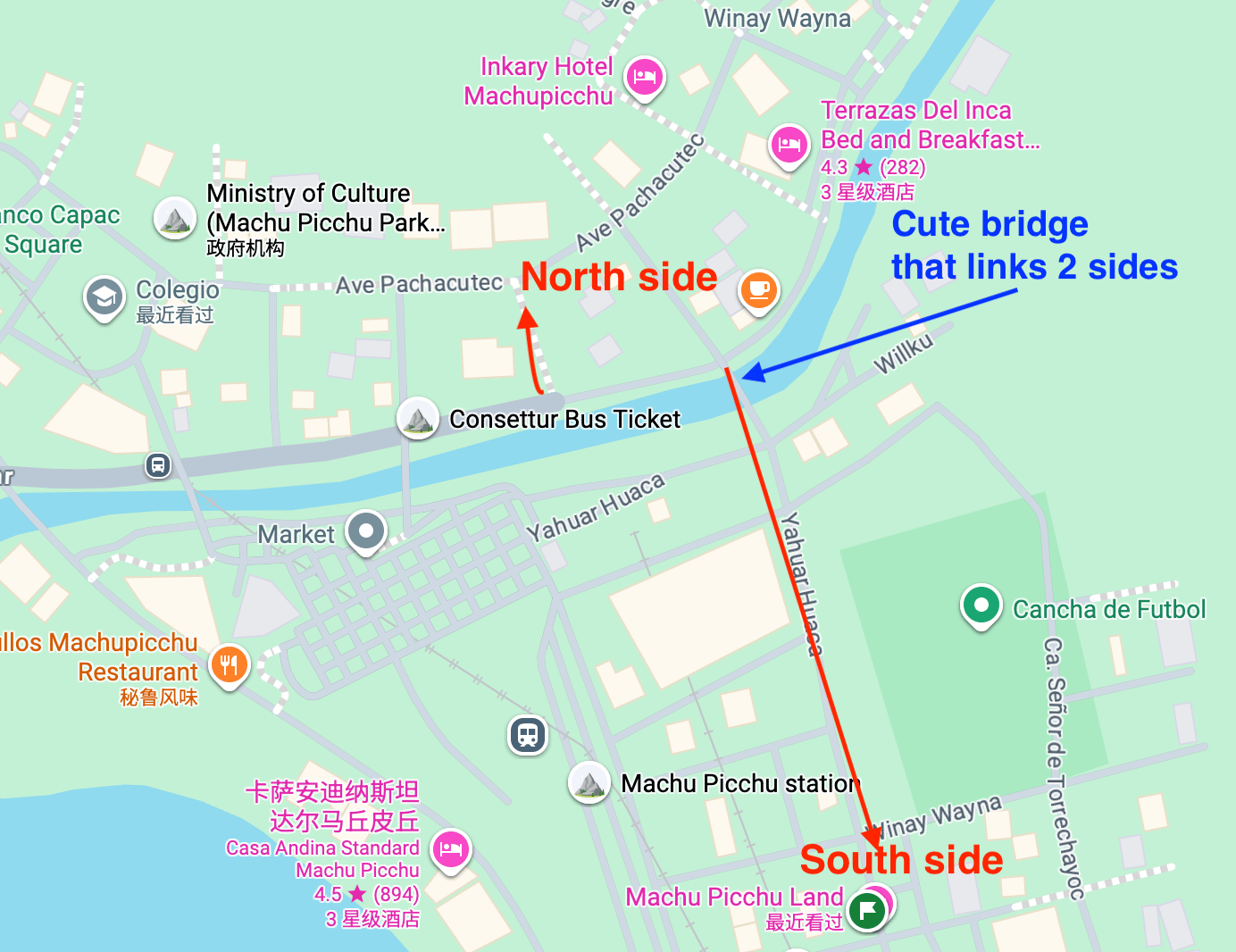
👨🍳 Restaurant recommended in South Side
I discovered a restaurant called Sumac Misky Mijuma that many locals go in the South side. Why do I know they are locals? Well, because it seems many of the residents here are tour guides, and they usually wear uniforms. When I was in the restaurants, 80% of the customers there wore that kind of uniforms, so I know they are locals;)
The food here is good and relatively cheep. It costs 15 Sols (~$4 USD), compared to another meal I had in a restaurant in North side, which costs 41 Sols (~$11 USD), it’s definitely a good deal. All in all, I’d recommend you staying in the South side since it’s more chill and has authentic and relatively cheep food.

My 15 Sols meal
😀 Jiufen in Taiwan vs Aguas Calientes in Peru?
The north side is where you’ll find the bus services and ticket counters - it’s probably also the main area where you’d hang out with your travel buddies. Anything special about it? YES! It actually reminds me of Jiufen in Taiwan - another popular mountain town full of tourists. The more I travel, the more I notice similarities between different places I’ve visited. I guess that’s part of the fun of traveling 😄

Aguas Calientes (left) vs Jiufen (right)
